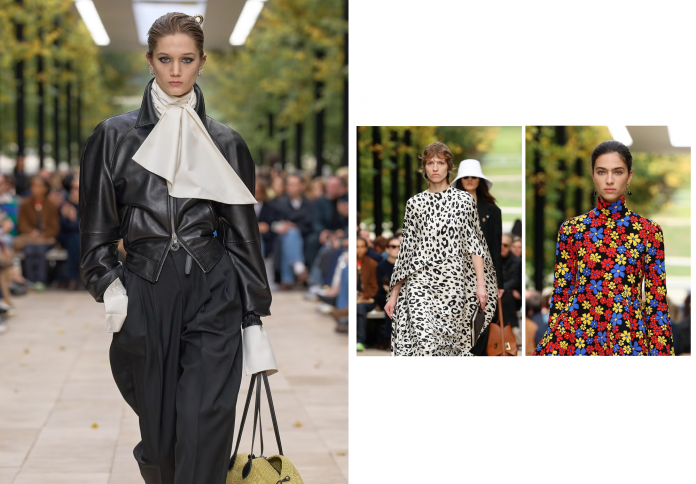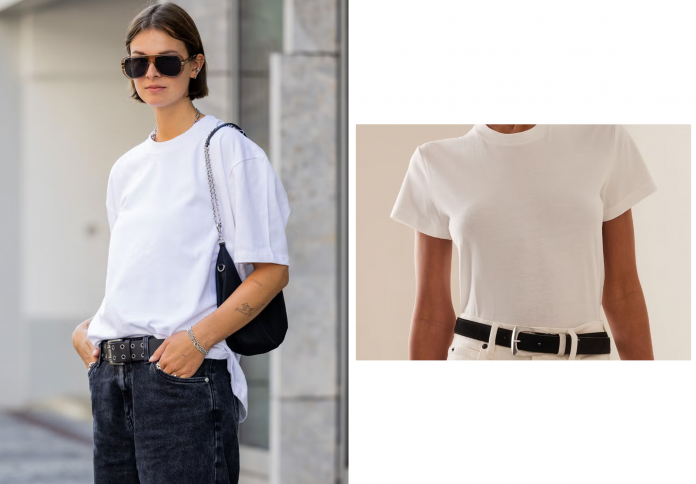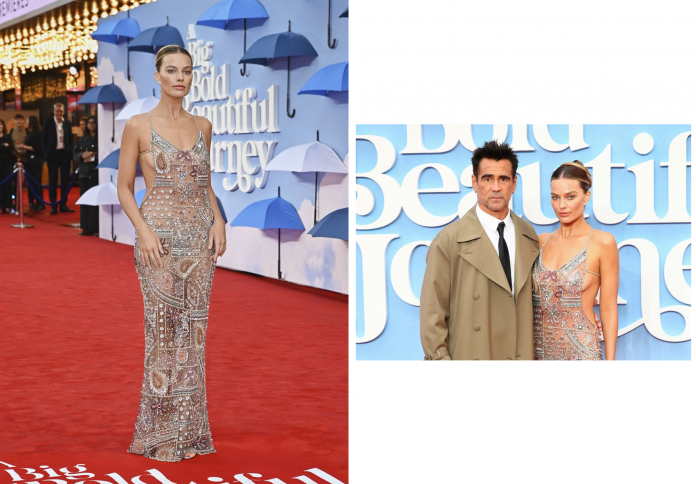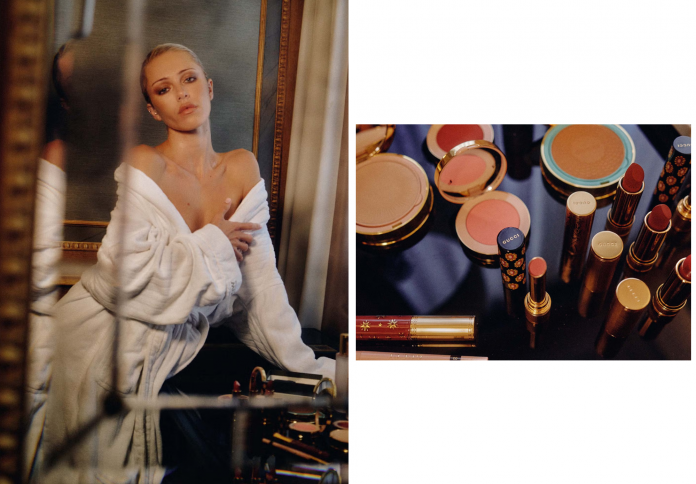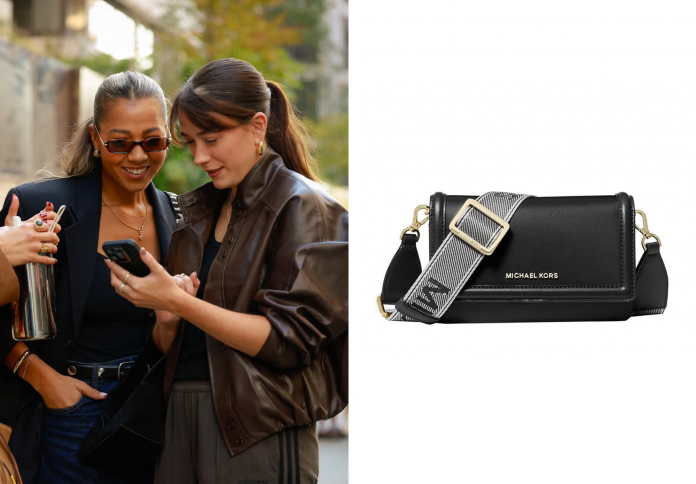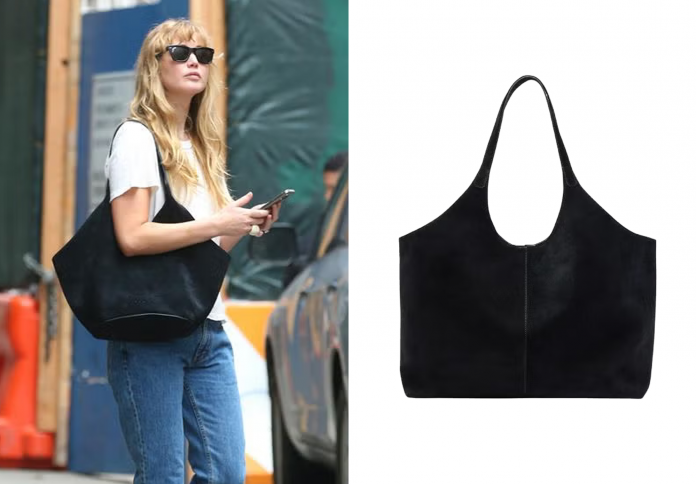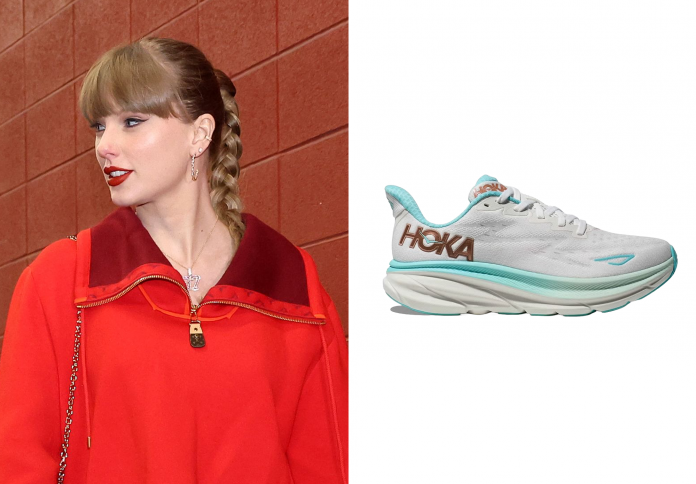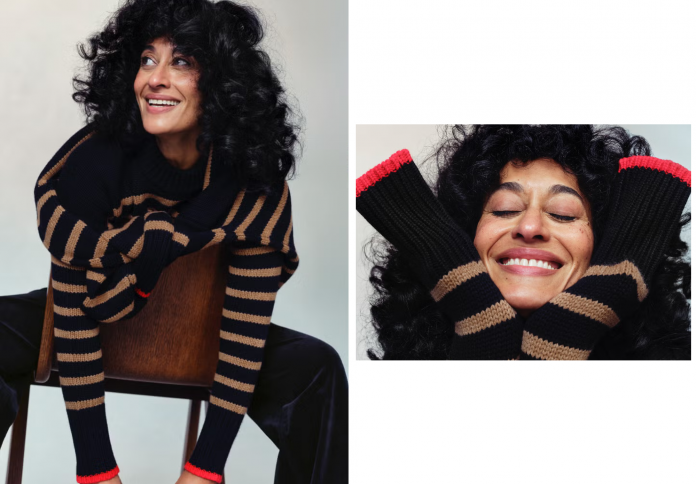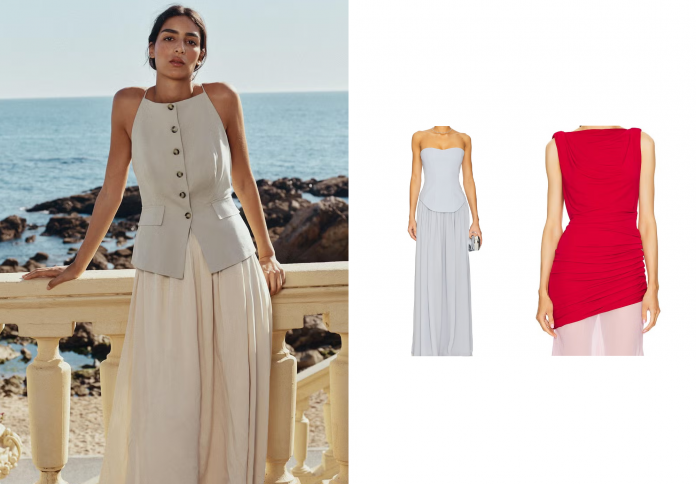The appointment of Michael Rider as Celine’s Creative Director ushered in one of the most anticipated new eras in Parisian fashion, following the distinct legacies of Phoebe Philo and Hedi Slimane. His Summer 2026 collection, a thoughtful and self-assured sophomore effort, solidifies a new, composite identity for the house—one that deftly blends Celine’s rich bourgeoisie heritage with Rider’s own polished, preppy Americana sensibility. Presented as a seamless continuation of his debut, the collection shifts the focus to lightness, movement, and the enduring quality of a well-edited wardrobe designed for a global life. By balancing the sleekness of Slimane with the architectural ease of Philo, Rider offers a wardrobe that feels instantly accessible, yet utterly sophisticated, positioning Celine as the ultimate purveyor of a discreet, fully-fledged luxury lifestyle.
The Aesthetics Of Continuation And Balance
Rider approached his Summer 2026 collection not as a separate entity, but as a continuation of his foundational vision, as if the first set of looks simply kept walking as the seasons changed. This philosophical approach provided a refreshing clarity in a time of rapid fashion shifts.

The aesthetic achieved a remarkable balance between Celine’s two most recent, and often contradictory, eras. Hedi Slimane’s influence was visible in the lean, slinky silhouettes, the occasional use of skinny trousers, and the rock-chic accessories. Conversely, the sculptural confidence and artful tailoring reminiscent of Phoebe Philo’s time provided a grounded, architectural core. Rider’s unique contribution—a polished, preppy sensibility honed during his time at Ralph Lauren—acted as the unifying thread, injecting an American ease and wearability into the French codes.
Refined Tailoring For A Lighter Season
Tailoring, a cornerstone of the Celine identity, was reinterpreted for the summer heat with a focus on relaxed structure and mobility. Rider maintained a sharp hand but introduced a sense of fluidity that was previously absent from the house’s more rigid forms.
Blazers and outerwear, such as cinched double-breasted jackets and military-inspired peplum pieces, were tailored close to the body, often worn over ultra-slim trousers or skin-tight jeans, creating a striking tension between volume and sleekness. However, the true novelty lay in the deconstructed or shrunken pieces, such as cropped velvet boleros layered over crisp button-downs, demonstrating a dexterity that is both intellectually realized and commercially appealing to a broad, ultra-wealthy customer base.
Scarves And Prints: The Accessible Luxury
In a deliberate move to push accessible entry-point accessories, scarves became a major thematic element of the collection, reinforcing a sense of casual Parisian elegance. The satin scarf, which also doubled as the show invitation, appeared woven into the clothes themselves or used as a versatile styling tool.
Scarves were tied around necklines, tucked into jackets, used as lining for trench coats, and affixed to slimline clutch bags. Beyond the scarf motif, the collection embraced playful patterns, including micro-pop-art florals reminiscent of the 1960s and more elaborate scarf-print jersey tops. These prints, often applied to youthful A-line mini dresses, injected light optimism and joy into a collection that otherwise leaned on a sophisticated black, navy, and camel palette.
The New Celine Handbag Universe
Rider further cemented his vision for the brand by expanding Celine’s already potent accessories portfolio, proving that accessories will be a primary focus of his tenure. The Summer 2026 collection introduced a diverse range of bags, catering to every facet of the customer’s life.
The collection saw the triumphant return and reinterpretation of the classic ‘Smiling Luggage’ bag. In addition, Rider showcased a variety of new shapes: supersized, slouchy tote bags for practicality; elegantly structured Garance flap bags as an alternative to classic investment pieces; and playful boxy designs, including wicker styles adorned with the CELINE logo. This strategic variety, emphasizing the Triomphe monogram and iconic ‘C’ logo, ensures that the accessory offer is as comprehensive and cohesive as the ready-to-wear.
A Wardrobe Rooted In Reality
The central premise of Rider’s Celine is the creation of a complete, self-sufficient wardrobe. His approach rejects the one-off runway statement in favor of highly wearable, buildable pieces that feel instantly relevant to a customer’s real life and personal style.
The show was intentionally styled as a “hodgepodge of genres and ideas,” mirroring the way people actually wear their clothes in the street. This grounded realism—from slouchy trenches to comfortable mini-turtleneck dresses—is what distinguishes Rider’s era. The clothes are designed to be practical yet chic, blending high-end craftsmanship with a relaxed attitude. For Rider, luxury lies in the quiet confidence of clothes that last and become part of the memories made while wearing them, rather than in ostentatious displays of branding.
The Confidence Of Quiet Luxury
Ultimately, the Summer 2026 collection is a masterclass in controlled elegance, delivering the essence of “quiet luxury” without sacrificing commercial appeal. Rider’s use of a restrained color palette—dominated by neutrals but punctuated by deliberate jolts of primary colors like scarlet and cobalt—allows texture and silhouette to take the lead.
This collection is aimed at a discerning clientele who value quality and discretion. It’s a wardrobe that speaks volumes through the precision of its cut, the richness of its materials (suede, silk faille, leather), and the subtle nod to heritage codes. Rider has successfully asserted a confident stride for Celine, proving his instinct for merging American polish with Parisian refinement, securing the house’s trajectory toward a sustainable, globally relevant definition of modern luxury.
